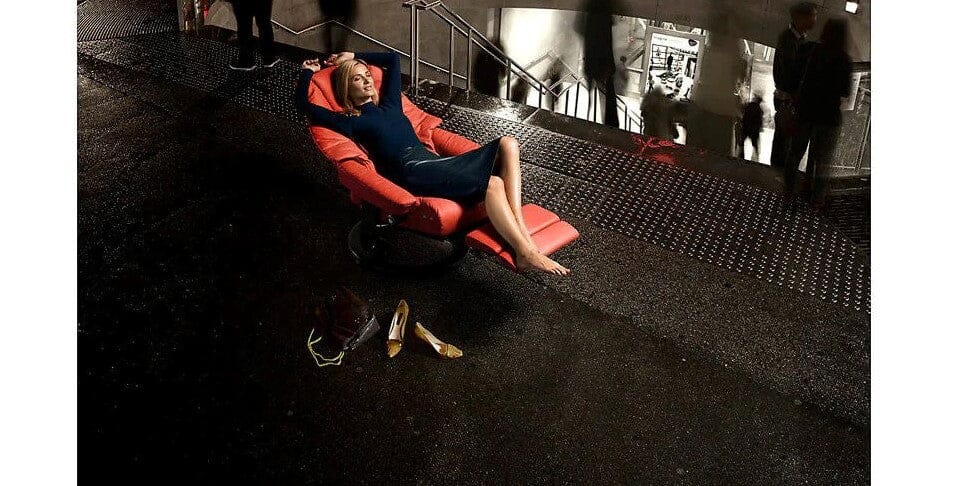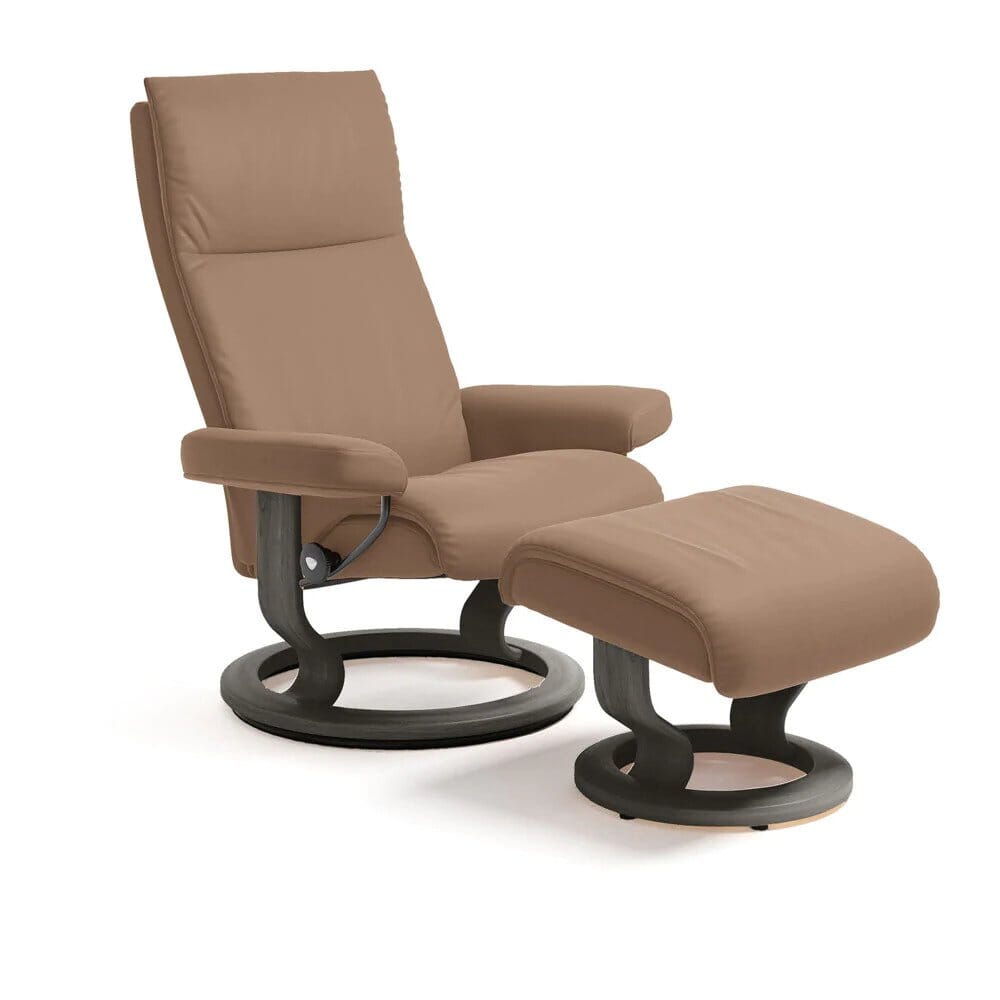800.605.1859 - FREE SHIPPING ON MOST ITEMS OVER $99.00
furniture
Accessories
lighting
Designers
- ACHILLE CASTIGLIONI
- ALBERTO MEDA
- ALESSANDRO MENDINI
- ALEXANDER GIRARD
- ALFREDO HABERLI
- ALVAR AALTO
- ANNA CASTELLI FERRIERI
- ANTONIO CITTERIO
- ARNE JACOBSEN
- BARBER & OSGERBY
- CARLO ALESSI
- CARLO MOLLINO
- CHARLES & RAY EAMES
- CHARLOTTE PERRIAND
- EERO SAARINEN
- EILEEN GRAY
- ENZO MARI
- ERNESTO GISMONDI
- ETTORE SOTTSASS
- ACHILLE CASTIGLIONI
- ALBERTO MEDA
- ALESSANDRO MENDINI
- ALEXANDER GIRARD
- ALFREDO HABERLI
- ALVAR AALTO
- ANNA CASTELLI FERRIERI
- ANTONIO CITTERIO
- ARNE JACOBSEN
- BARBER & OSGERBY
- CARLO ALESSI
- CARLO MOLLINO
- CHARLES & RAY EAMES
- CHARLOTTE PERRIAND
- EERO SAARINEN
- EILEEN GRAY
- ENZO MARI
- ERNESTO GISMONDI
- ETTORE SOTTSASS
sale
In-Stock Items
How Rapid Prototyping Leads to Better, Faster Design
April 22, 2015

Rapid prototyping describes a process of quickly putting together a mock up of a future state of a system – be it a website, application, installation, etc. -- and certifying it with the feedback and input of a broad team of individuals, including other designers, users and stakeholders.
By undergoing this process rapidly and repeatedly, designers can generate a lot of feedback early on and throughout the creative process, helping to improve the final design while precluding the need for any inconvenient changes during development.
This approach also helps you or your team experiment with different ideas or strategies, aids in the discussion process, and ensures that everyone is on the same page – thus expediting the design process.
Prototypes come in a wide variety of forms, ranging from rough sketches on paper, to hi-tech computer simulations, or a combination of the two. Regardless of the method, the key to effective rapid prototyping is quick revisions based on feedback and the use of the appropriate prototype based on the end goals.
Here is a breakdown of the rapid prototyping process, which usually entails the following three steps:
Prototype
Convert your description of the goal into mock-ups, factoring experience standards and best practices.
Review
Share the prototype with users and stakeholders and analyze whether it meets their needs and expectations.
Refine
Utilizing what was learned from the review, identify areas that need to be refined or improve upon.
Most prototypes can start small, focusing on just a few key areas, and from there will growth during the course of multiple iterations. Depending on the scope of the project, real-time changes can occur every few days, with each development building upon what was learned previously, leading to exponential growth in the process.
In fact, when it comes to scoping a prototype, you needn't start with anything too advanced or fleshed out: rather, rapid prototypes are intended to help you or your team better visualize and craft the final product. Keeping this in mind, I will get into how to scope a rapid prototype in the next post.
Also in News
Subscribe
Sign up to get the latest on sales, new releases and more …






